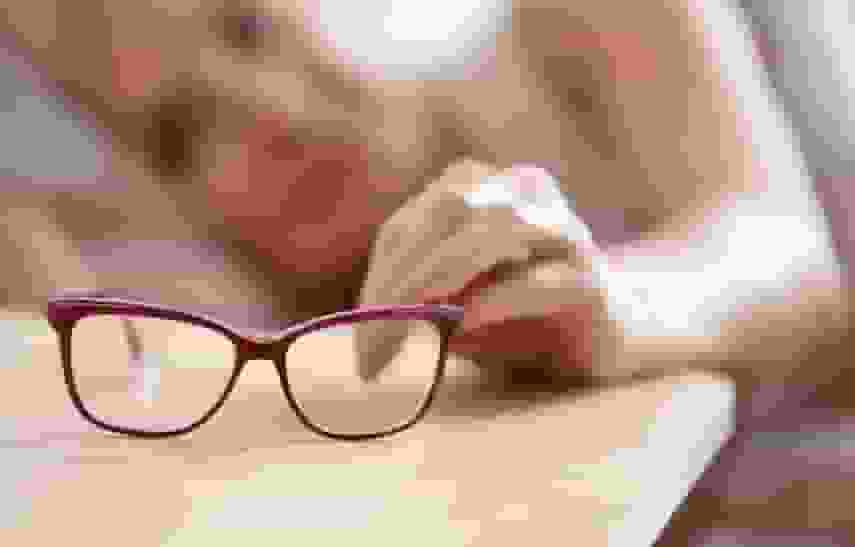
There are numerous forms of eye problems, some of which are less serious than others, but all of which require your care.
More than 4.2 million Americans aged 40 and above are either legally blind (best-corrected visual acuity of 6/60 or worse (=20/200) in the better-seeing eye) or have low vision (best-corrected visual acuity less than 6/12 (=20/40) in the better-seeing eye, excluding those who are blind). Here are a few cases!
Eye Problems
1. Refractive Flaws
Nearsightedness (myopia): Myopia occurs when the eye is too long or the cornea is too curved, causing light to focus in front of the retina rather than directly on it. As a result, close vision is clear but distant vision is hazy.
Farsightedness (hyperopia): Hyperopia occurs when the eye is too short or the cornea is not curved sufficiently, causing light to focus behind the retina rather than directly on it. As a result, eyesight is clear at a distance but hazy up close.
Astigmatism occurs when the cornea is irregularly bent, causing light to focus on numerous points rather than just one. This causes blurred vision at all distances.
Read more: Brain implant as thin as human hair created for social media navigation

2. Cataract
A cataract is a clouding of the eye’s lens that causes fuzzy vision, glare, and difficulties seeing in dim light. Because the lens is the component of the eye that focuses light on the retina, light cannot flow through it as easily when it becomes hazy. As a result, the image you see may become distorted or hazy.
Cataract symptoms include fuzzy vision, difficulties seeing at night, sensitivity to light, double vision in one eye, and color fading.
3. Glaucoma
Glaucoma is a collection of eye disorders that can cause optic nerve damage and result in vision loss. It is frequently caused by increased eye pressure, also known as intraocular pressure (IOP). Because the optic nerve is in charge of transmitting visual information from the eye to the brain, injury to it can cause vision loss, especially in the peripheral or side vision.
4. Macular Degeneration
The macula, the portion of the retina responsible for central vision, is affected by age-related macular degeneration (AMD). It is the most common cause of vision loss in older persons and happens when the macula cells begin to degrade.
Age, family history, smoking, high blood pressure, and UV radiation exposure are all risk factors for AMD.
5. Dry Eyes
Dry eye syndrome occurs when the eyes do not produce enough tears or when the tears evaporate too soon. Tears are required to keep the eye’s surface wet, and they also play a crucial function in maintaining the eye’s health and protecting it from infection. The surface of the eye might become dry, irritable, and inflamed if the eyes do not produce enough tears or if the tears evaporate too quickly.
Read more: US debt ceiling may cause a global catastrophe if not properly controlled in the coming months

